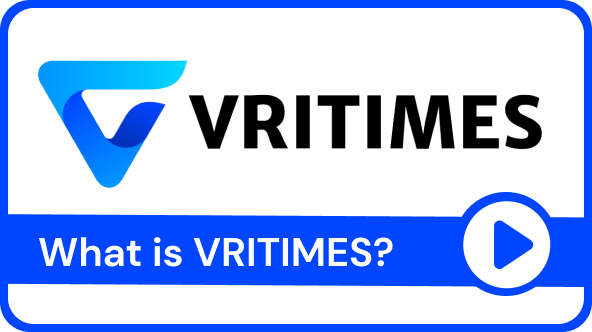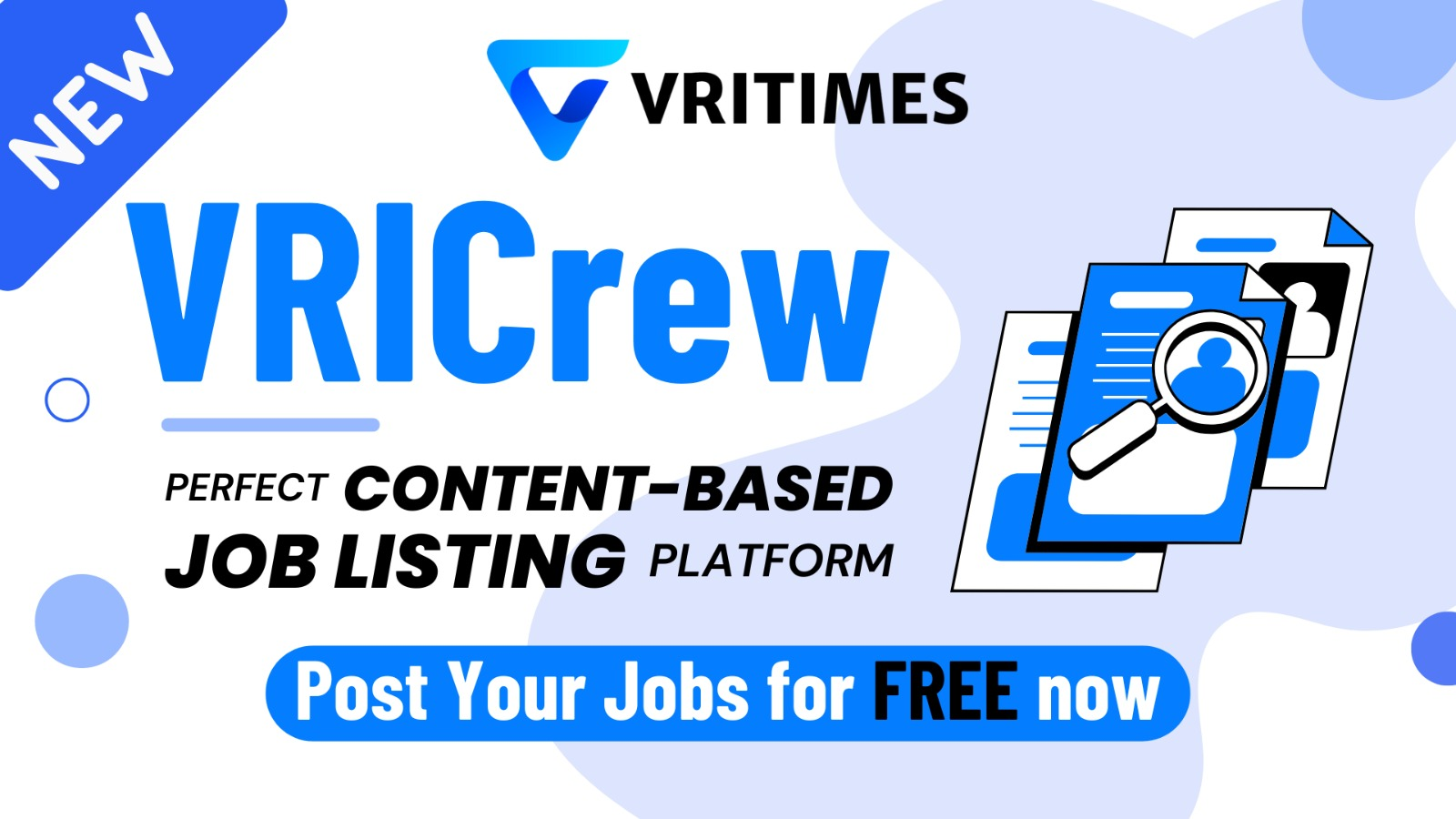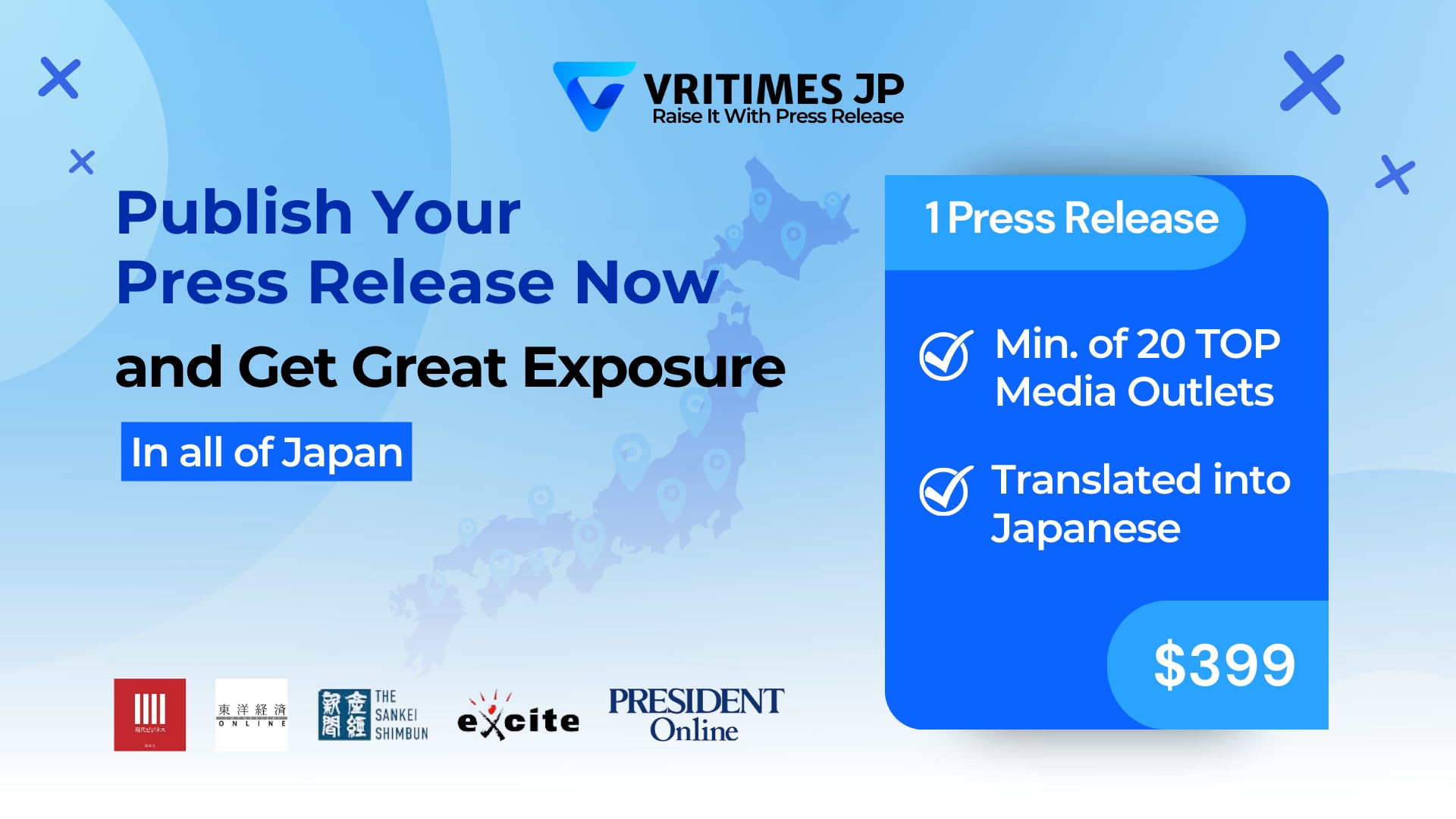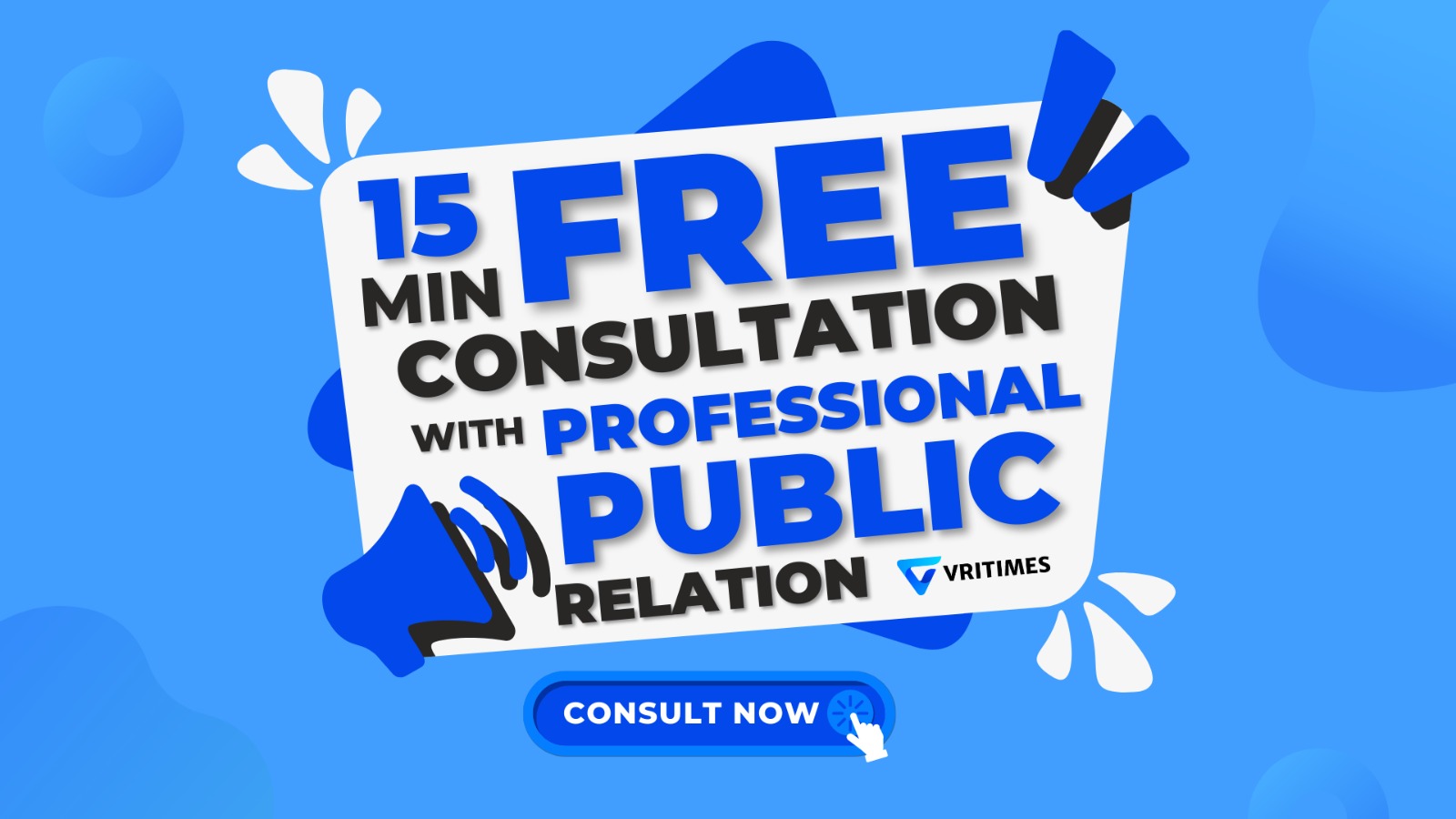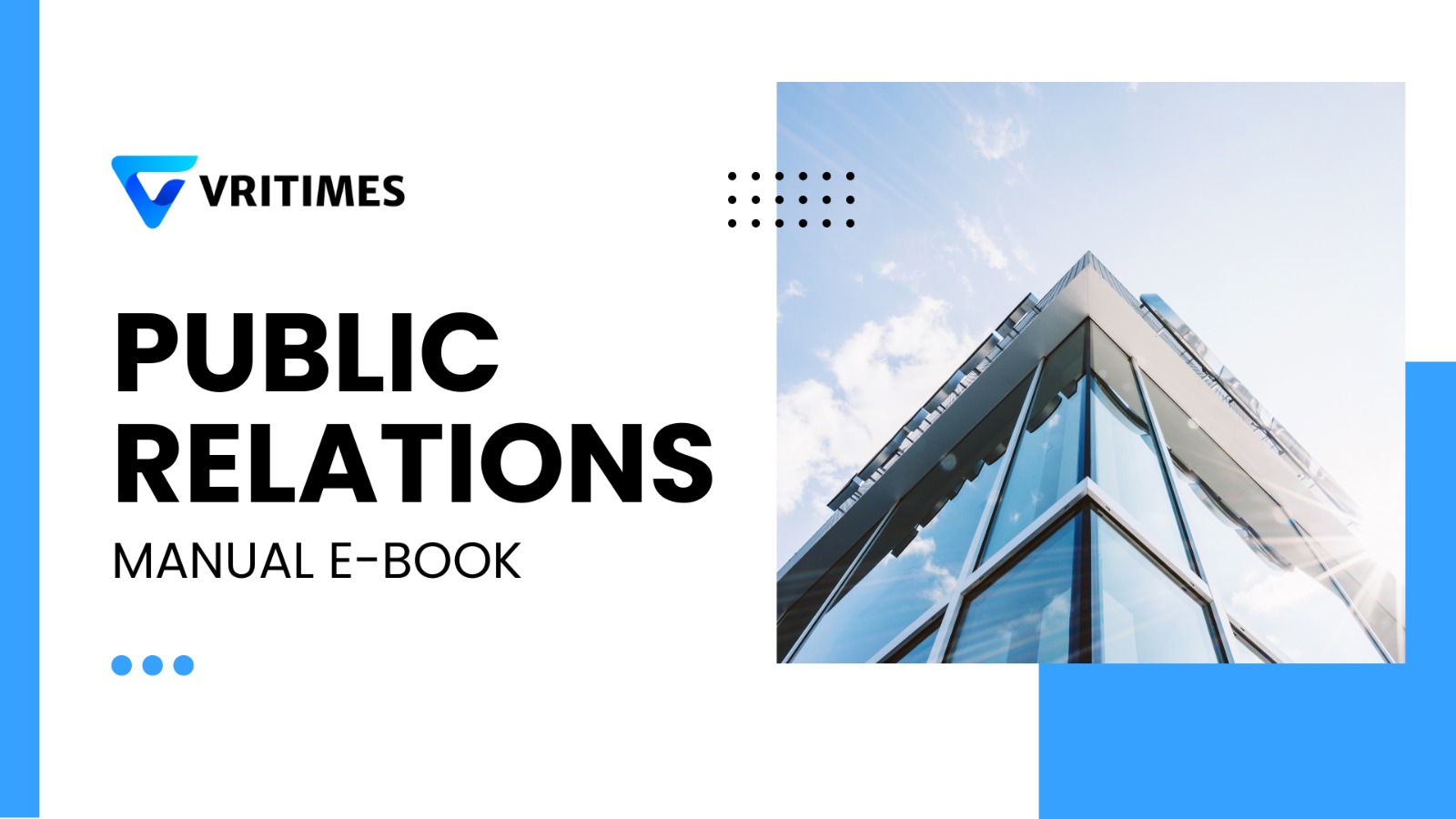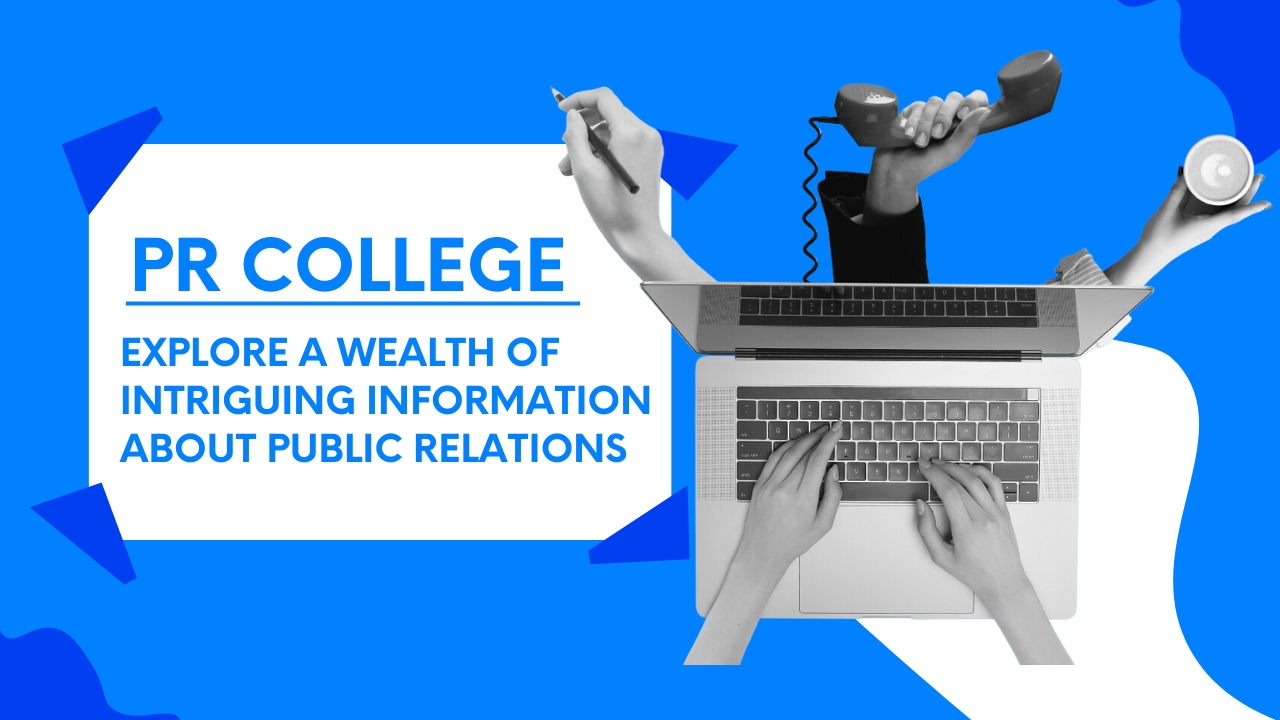/ "Leak" In Public Relations : Benefits, Strategies, and Cautions
"Leak" In Public Relations : Benefits, Strategies, and Cautions
Leak In Public Relations—Getting timely and impactful media coverage can significantly impact a brand or organization. While official press releases and public announcements remain essential tools, there's another strategic method that PR professionals sometimes use to create buzz and gain exclusive media attention—the "leak." Far from being a careless mistake, a leak in PR refers to the intentional and selective disclosure of information to specific journalists or media outlets before a formal public announcement. This tactic can boost a brand's visibility, strengthen media relationships, and shape public perception when executed thoughtfully. However, it also comes with risks that require careful consideration. This article’ll explore the benefits, methods, and key precautions of using a leak as a public relations strategy.
What is a "leak" in public relations?
In public relations, a "leak" refers to the intentional and selective disclosure of information to specific media outlets or journalists before the information is made public through official channels such as press releases or press conferences. Unlike accidental leaks or unauthorized disclosures, this type of leak is a controlled strategy used by PR professionals to generate interest, build anticipation, and secure exclusive media coverage.
The main goal of a PR leak is to capture the attention of influential media and increase the chances of the story being published prominently. By offering journalists exclusive access to new information, such as product launches, business partnerships, or executive changes—brands can position themselves as valuable sources of content, thereby strengthening media relationships and increasing the likelihood of favorable coverage.
Also Read : Public Relations Pivotal Role in the Age of Fake News
Benefits of Using a Leak in PR
When used strategically, a leak in public relations can offer several advantages that go beyond standard press releases. Here are the key benefits:
1. Higher Chance of Being Covered by the Media
By offering exclusive or early access to information, you increase the likelihood that a journalist will see your story as valuable and newsworthy. Media outlets are constantly seeking unique angles, and a leak gives them the chance to publish something first, which often leads to better placement and more visibility.
2. Potential for More In-Depth and Prominent Coverage
Leaks are not just about passing along information they’re also an opportunity to provide background, interviews, or insights that help shape a more compelling story. When a journalist feels trusted with exclusive content, they are more likely to invest time in writing a deeper feature, not just a short news brief.
3. Stronger Relationships with Journalists
Trusting a reporter with a leak can help build and strengthen professional relationships. Journalists value exclusivity, and being chosen for a leak shows that you recognize their platform and audience. Over time, this mutual trust can lead to ongoing collaboration and more favorable media treatment.
4. Influencing the Narrative Before the Official Announcement
By strategically leaking information, you can subtly guide how the media frames your story. You have a chance to seed the key messages, tone, and context you want associated with the news often before the public or your competitors even know the announcement is coming.
5. Creating Buzz and Anticipation
Leaks can help generate early interest or curiosity, especially if the topic is high-stakes—like a business merger, product launch, or market expansion. This pre-announcement buzz can amplify the impact of your official release when it does go public.
Effective Leak Strategies
A successful leak in public relations is not just about revealing information—it’s about doing it with intent, precision, and control. To ensure a leak serves as a strategic asset rather than a liability, PR professionals need to plan carefully, select the right media partners, and guide the message thoughtfully. Below are key strategies for executing an effective leak.
1. Choose the Right Journalist or Media Outlet
The first and most crucial step is selecting who should receive the leak. Avoid sending information broadly. Instead, identify journalists or outlets that regularly cover your industry, have a solid reputation, and reach an audience aligned with your brand’s target. A journalist who understands your field and has worked with you before is more likely to deliver accurate and meaningful coverage.
2. Time the Leak Strategically
Timing is everything in a leak strategy. The leak should come before the official announcement but not so early that the information becomes stale. Aim to release it when media attention is relatively open, or time it to coincide with an upcoming industry event, financial period, or market trend. A well-timed leak can generate anticipation and momentum ahead of a public launch.
3. Offer Exclusive, High-Value Content
Your leak should feel like a privilege to the journalist. Go beyond basic facts—offer interviews, internal insights, proprietary data, or early access to visual assets. The more exclusive and professionally packaged the material, the more likely it is that the story will be picked up and positioned prominently.
4. Clearly Define Embargo or Off-the-Record Terms
Miscommunication around the terms of a leak can damage trust. Be clear and explicit about whether the information is under embargo (with a specific date and time for release) or off-the-record (for background use only). Put it in writing when needed, and make sure the journalist agrees before proceeding. Transparency here protects both sides.
5. Align Internally Before Leaking
Before any external leak happens, ensure internal alignment across your PR, executive, and legal teams. Everyone should be aware of the leak, approve its content, and understand the potential implications. A poorly coordinated leak can cause confusion, conflicting messages, or internal backlash.
6. Follow Up Professionally
Leaking is not a one-way transaction it requires relationship management. Follow up after sharing the information to offer additional context, answer questions, or share updates. This proactive communication shows professionalism and builds long-term media trust, which can open the door to future exclusive opportunities.
Precautions and Risks to Consider
While using a leak can be a powerful tool in public relations, it must be handled with great care. A poorly managed leak can backfire, leading to reputational damage, media mistrust, or legal complications. Below are key precautions and risks to consider before deciding to use a leak as part of your PR strategy.
1. Risk of Information Being Published Too Early
One of the most common risks is that the journalist may release the story before the intended timeline, either by mistake or misunderstanding. If the information is sensitive such as financial data, partnerships, or unreleased products early publication can disrupt business plans or breach regulatory guidelines. To avoid this, always set clear embargo terms and confirm the journalist understands and agrees to them.
2. Breach of Confidentiality or Legal Issues
Leaking internal information without legal review can expose your company to compliance violations or breach of contract especially if the information involves third parties, acquisitions, or employee data. Before leaking, ensure that all materials have been reviewed and cleared by legal or compliance teams to avoid any legal liabilities.
3. Damaging Relationships With Other Media Outlets
Offering exclusive information to just one journalist may unintentionally alienate others. Media professionals value fairness, and if they feel overlooked or excluded repeatedly, it can hurt long-term relationships and reduce future media interest. To mitigate this, use leaks selectively and balance them with broader announcements when appropriate.
4. Misinterpretation or Loss of Message Control
When information is leaked, you’re giving up some control over how it’s presented. The journalist may interpret the story differently, emphasize unintended angles, or pair it with other narratives that shift your original message. That’s why it’s crucial to provide context, supporting details, and be available for clarifications during and after the leak.
5. Internal Trust Issues and Information Leakage
If employees discover that sensitive information is being selectively shared with outsiders before they are informed, it may create internal distrust and lower morale. A leak that is not internally communicated can lead to rumors or unwanted internal backlash. Always align key internal stakeholders before initiating any leak to the media.
6. Perceived Manipulation or Public Backlash
Some audiences and media may view leaks as manipulative if they seem too staged or strategic. In today’s media-savvy environment, audiences are quick to question intent. If the leak appears inauthentic or self-serving, it could damage credibility rather than build it. The best leaks are those that serve a real journalistic interest, not just brand promotion.
Also Read : Beginner’s Guide to Building a PR Team for Your Startup
What Kind of Information Is Suitable for Leaks?
A strategic leak should deliver content that is both newsworthy and exclusive something that offers genuine value to the journalist and their audience. The goal is to spark interest, gain media attention, and shape early public perception before the official announcement. Below are types of information that are especially suitable for controlled leaks in public relations:
1. New Business or Service Launches
When a company is preparing to enter a new market, launch a new service, or roll out a new product, a leak can help generate pre-launch buzz. Offering early details to a trusted media contact can position the news as a scoop and create momentum ahead of the official launch.
2. Business Alliances or Partnerships
Strategic alliances, whether with other brands, institutions, or influencers are prime candidates for leaks. If timed well, these announcements can elevate brand reputation and be framed as bold, forward-thinking moves that invite deeper coverage.
3. Executive or Leadership Changes
Changes in top-level management often attract media interest. Leaking such information, especially when it involves high-profile figures, can allow you to control the narrative and prepare the public and stakeholders before the formal press release is distributed.
4. Mid-Term or Long-Term Business Plans
Announcing a medium-to-long-term strategy, such as a company’s three-year growth roadmap, sustainability goals, or digital transformation initiatives—can be more impactful when leaked as an exclusive. Journalists often look for forward-looking stories that offer industry insight, not just day-to-day news.
5. Market Share or Financial Performance Highlights
If your company has recently gained significant market share, hit key milestones, or seen impressive financial performance, leaking this to business media can amplify visibility and solidify thought leadership within your sector. This is especially effective before earnings calls or investor briefings.
6. Industry-Disruptive Insights or Trends
If your internal data reveals unique insights or if your brand is leading a trend within your industry, selectively leaking that information can position your company as a credible source and innovator. This works particularly well in thought leadership and trade publications.
VRITIMES : Best Press Release Distribution Services
When it comes to amplifying your brand’s message and securing guaranteed media exposure, VRITIMES stands out as one of the most reliable press release distribution platforms in the industry. With a proven track record of helping businesses, from startups to global enterprises, get published in trusted media outlets, VRITIMES combines powerful distribution networks with expert editorial support. Whether you're launching a new product, announcing a partnership, or enhancing your brand's visibility, VRITIMES ensures your press release reaches the right audience, at the right time, through the right channels.
Ready to get your story published and seen? Click HERE for further information.

